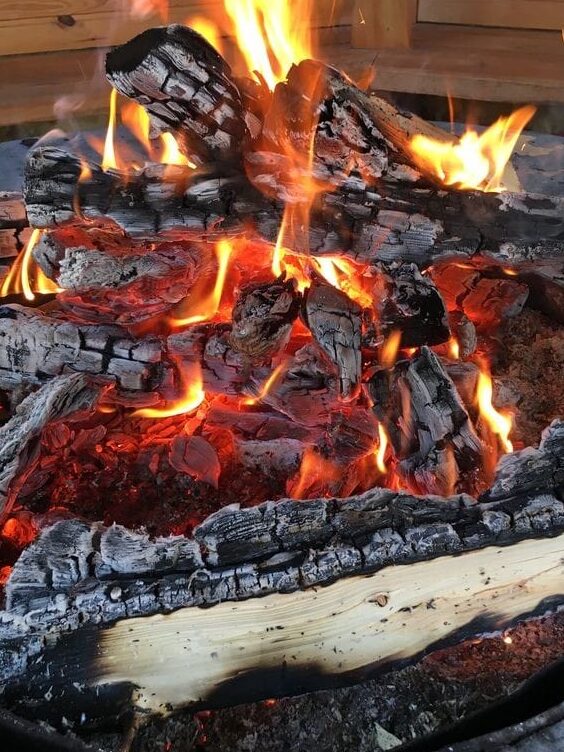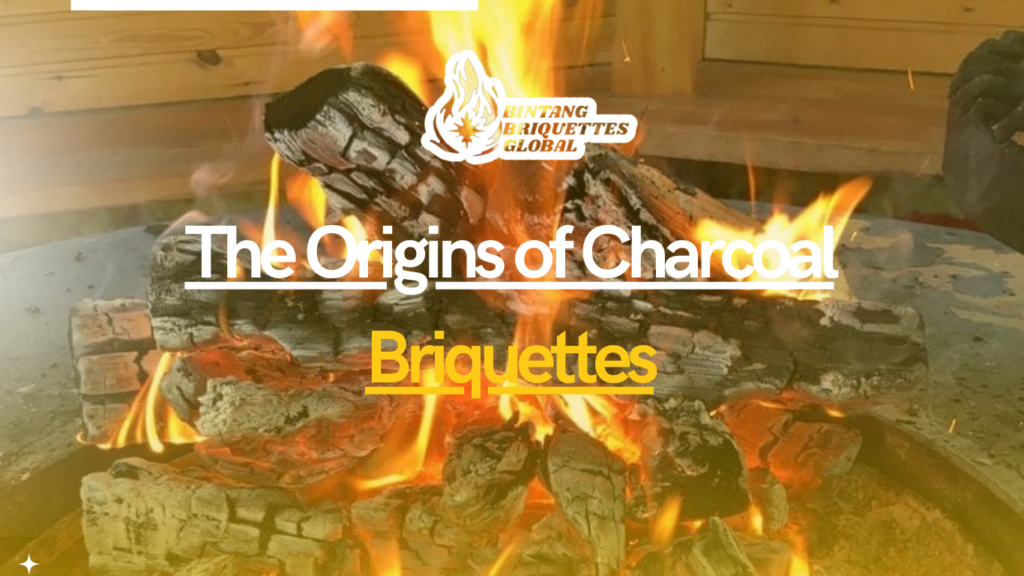The Origins of Charcoal Briquettes are a product of centuries of craftsmanship, sustainably sourced and transformed into efficient fuel.From ancient traditions to modern manufacturing techniques, the story behind charcoal briquettes fascinates and reflects the evolution of human ingenuity in energy production. In this article, we will explore the origins of charcoal briquettes, how manufacturers make them, and examine the crucial role sustainability plays in the industry today.Whether you’re a casual griller or an eco-conscious consumer, understanding the history and production of charcoal briquettes can help you make more informed decisions when choosing the right product for your needs.

Charcoal Briquettes: The Evolution of Charcoal Use
Read More: charcoal briquettes production process
The use of charcoal dates back thousands of years, making it one of the oldest forms of fuel. Early civilizations, such as the Egyptians, Greeks, and Romans, used charcoal for various purposes, from metal smelting to cooking. However, The Origins of Charcoal Briquettes as we know them today, emerged in the 19th century.
Charcoal Briquettes: Ancient Charcoal Production
The process of producing charcoal has remained largely unchanged for thousands of years. In ancient times, people burned wood in controlled conditions, heating it in a low-oxygen environment to create charcoal. This method used kilns or pits that allowed the wood to decompose slowly without burning completely. The result was a dense, carbon-rich material that burned hotter and longer than raw wood.
The Rise of Charcoal Briquettes: Charcoal Briquettes in the 1800s
In the late 1800s, people began compressing charcoal into uniform shapes, which made it easier to store and transport. This innovation improved the efficiency of charcoal use.Initially, charcoal briquettes were produced using wood by-products, which made them a more sustainable alternative to traditional lump charcoal.
In the 1920s, Henry Ford, founder of Ford Motor Company, helped popularize The Origins of Charcoal Briquettes. Ford used wood scraps from his factory to create charcoal, leading to mass production and wider consumer access to briquettes. This marked the beginning of the modern charcoal industry.
Sustainability of Charcoal Briquettes Production
As environmental awareness grows, the sourcing and production of charcoal briquettes have evolved to reflect sustainability. Today, eco-friendly sourcing is a major priority for manufacturers who aim to minimize the environmental impact of charcoal production.
Sustainable Materials of Charcoal Briquettes
The key to eco-friendly charcoal production lies in the materials used.Most charcoal briquettes are made from wood; however, these materials often come from waste products of forestry and agriculture.By using these materials, manufacturers reduce the need to cut down new trees, which helps preserve forests and biodiversity.
Some manufacturers also use fast-growing trees, bamboo, sawdust, coconut shells, and agricultural residues like corn cobs and rice husks. This approach reduces waste and supports a circular economy.
Carbon Footprint and Renewable Energy of Charcoal Briquettes
The carbon footprint of charcoal production can be concerning due to the energy-intensive process. However, many companies now rely on renewable energy sources, such as solar power or biomass, to offset the environmental impact. Advances in technology have also made the charcoal production process more efficient and greener.
Certifications and Eco-Friendly Labels of Charcoal Briquettes
Some producers seek certification from environmental organizations, such as the Forest Stewardship Council (FSC) or the Rainforest Alliance, ensuring the materials used come from responsibly managed forests. When purchasing charcoal briquettes, look for eco-friendly labels to ensure you’re supporting sustainable practices.
The Manufacturing Process: How Charcoal Briquettes Are Made
Making charcoal briquettes involves several important steps. Here’s a breakdown of the process:
Step 1: Sourcing Raw Materials of Charcoal Briquettes
The first step is sourcing raw materials like wood chips, sawdust, or agricultural by-products. These materials are dried to remove excess moisture.
Step 2: Carbonization of Charcoal Briquettes
The raw materials are heated in a low-oxygen environment to remove volatile compounds and moisture, a process called carbonization. The result is a dense, carbon-rich material known as charcoal. This step is essential because it turns the raw material into fuel that burns hotter and longer than the original wood.
Step 3: Binding and Compression of Charcoal Briquettes
Once manufacturers create charcoal, they mix it with binders like starch to hold the pieces together. Then, they press the mixture into molds, forming uniform briquettes that burn efficiently and are easy to handle.
Step 4: Drying of Charcoal Briquettes
After compression, the briquettes are dried to ensure they have the right moisture content for optimal burning. Too much moisture can reduce efficiency and make ignition harder.
Step 5: Packaging of Charcoal Briquettes
Once dried, the briquettes are packaged for sale and distribution. Proper packaging keeps the briquettes dry during transportation and storage.
Global Origins: The Origins of Charcoal Briquettes from Around the World
Charcoal production is a global industry, and The Origins of Charcoal Briquettes come from various regions, each with unique characteristics.
Charcoal Briquettes from Asia: Charcoal Briquettes in Indonesia and Thailand
Countries like Indonesia, Thailand, and the Philippines produce high-quality charcoal briquettes, often using coconut shells for grilling Indonesia, in particular, is famous for its coconut shell charcoal, which is durable and burns hot for grilling.
Charcoal Briquettes from Africa: Charcoal Briquettes in South Africa and Nigeria
In Africa, countries such as South Africa and Nigeria produce charcoal briquettes for both local use and export. Many African producers focus on sustainable practices to reduce deforestation and improve local economies.
Charcoal Briquettes from The Americas: Charcoal Briquettes in the U.S. and Brazil
The U.S. and Brazil are key producers of charcoal briquettes, typically made from hardwoods and agricultural by-products. These regions have a long-standing charcoal industry with brands like Kingsford leading the market.
Charcoal Briquettes from Europe: Charcoal Briquettes in Germany and France
In Europe, manufacturers typically make charcoal briquettes from wood sourced from sustainable forests. Countries like Germany and France are seeing increased demand for eco-friendly briquettes, as more consumers seek sustainable products.
Choosing The Right Briquette: Charcoal Briquettes
When choosing charcoal briquettes, it’s important to balance quality and cost. Different origins can affect both.
Premium Charcoal Briquettes: Charcoal Briquettes for Quality
Charcoal briquettes made from high-quality materials like hardwoods or coconut shells tend to burn hotter and longer. These briquettes often come at a higher price due to their quality and sustainable production methods.
Affordable Charcoal Briquettes: Charcoal Briquettes for Budget-Friendly Options
More affordable charcoal briquettes are often made from softwoods or agricultural by-products.. While they may burn faster and at lower temperatures, they are still a reliable option for casual grilling.
Conclusion
The Origins of Charcoal Briquettes lie in versatile and essential products with a rich history and global reach. From their early beginnings to today’s eco-friendly innovations, understanding the origins and production process of charcoal briquettes will not only help you make more informed choices but also promote sustainable decisions. Whether you’re grilling at home or using charcoal for industrial purposes, knowing the origin and production process of your briquettes can guide you in selecting the best product for your needs while contributing positively to the environment.

